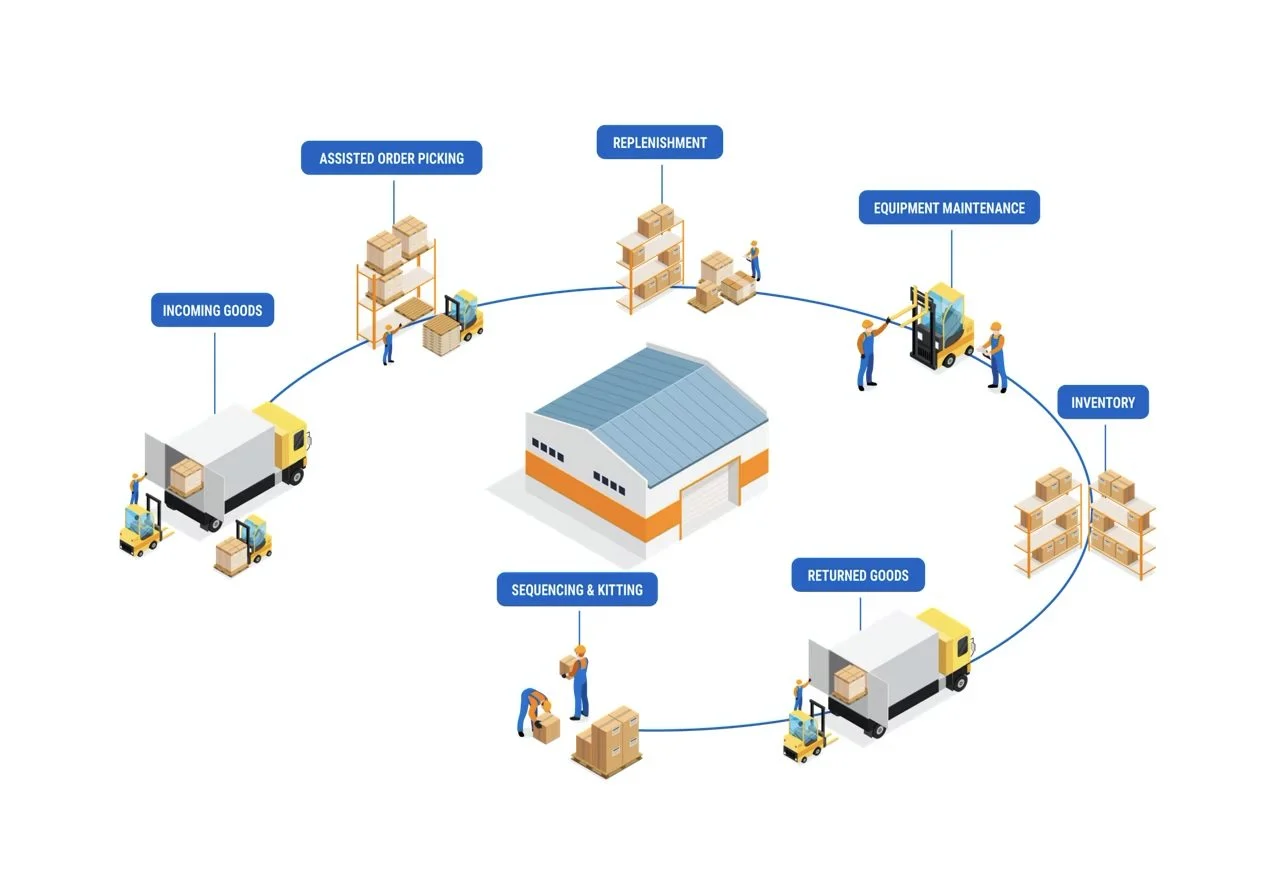The Mysteries of Decimal Numbers: The Art of Half Calculation
In the realm of mathematics, precision is paramount. Whether you’re calculating the trajectory of a spacecraft or determining the financial implications of a business decision, the accuracy of your calculations is crucial. However, the finite nature of numerical representations on computers and calculators introduces a fascinating challenge known as Round off 0.54 to the nearest 10-off error. This article will delve into the world of round-off calculation methods, unraveling the complexities and exploring the strategies mathematicians use to balance precision and efficiency.
Understanding Round-Off Error
Round-off error is an inherent issue in numerical calculations that arises due to the finite precision of numerical representations. Computers and calculators can only store a limited number of digits, leading to the need for rounding numbers during calculations. This rounding introduces discrepancies between the true mathematical value and its numerical representation, creating a small but cumulative error over multiple calculations.
Classic Round-Off Methods
-
Truncation
Truncation, or “chopping,” involves discarding the digits beyond a certain point without rounding. While simple, it can lead to significant errors, especially when dealing with small numbers or extended calculations. Truncation is rarely used in modern applications where precision is critical.
-
Rounding to Nearest
The rounding to the nearest method is more commonly employed in everyday applications. Numbers are rounded up or down to the nearest representable value, reducing the impact of round-off error. However, this method can introduce bias, as rounding always favors one direction.
-
Round Down (Floor) and Round Up (Ceiling)
In some scenarios, it may be more appropriate to always round down (towards zero) or round up (away from zero). These methods have specific use cases, such as when dealing with financial calculations that should never underestimate costs.
Advanced Techniques
- Error Propagation Analysis
Mathematicians use error propagation analysis to estimate and manage the impact of round-off error throughout a series of calculations. By understanding how errors accumulate, they can devise strategies to minimize their effects.
-
Interval Arithmetic
Interval arithmetic involves representing a number as an interval rather than a single value. This approach provides a range of possible values, giving a more realistic representation of uncertainty and mitigating the effects of round-off error.
-
Adaptive Precision Arithmetic
Some advanced algorithms dynamically adjust the precision of calculations based on the context. This adaptive approach allows for higher precision when needed and reduces computational overhead when precision is less critical.
Round-off error is an ever-present challenge in mathematical computations, and mastering the art of precision is crucial in various fields. From classical rounding methods to sophisticated adaptive precision techniques, mathematicians continuously innovate to strike a balance between accuracy and efficiency. As technology evolves, so do our strategies for managing round-off errors, ensuring that the foundations of mathematics remain steadfast in the face of an increasingly digital world.


Post Comment